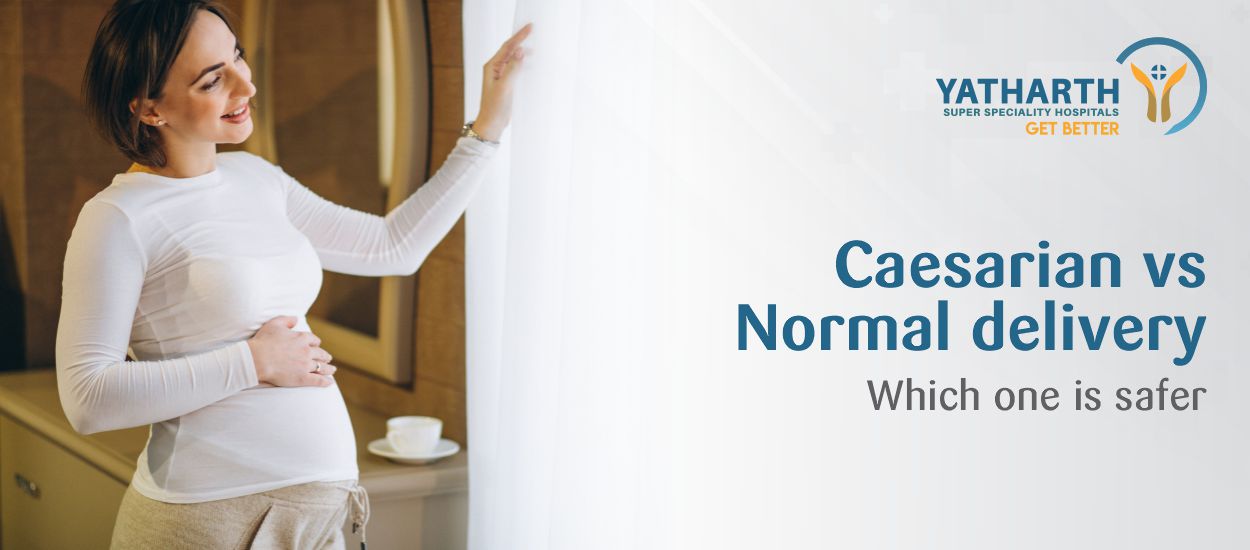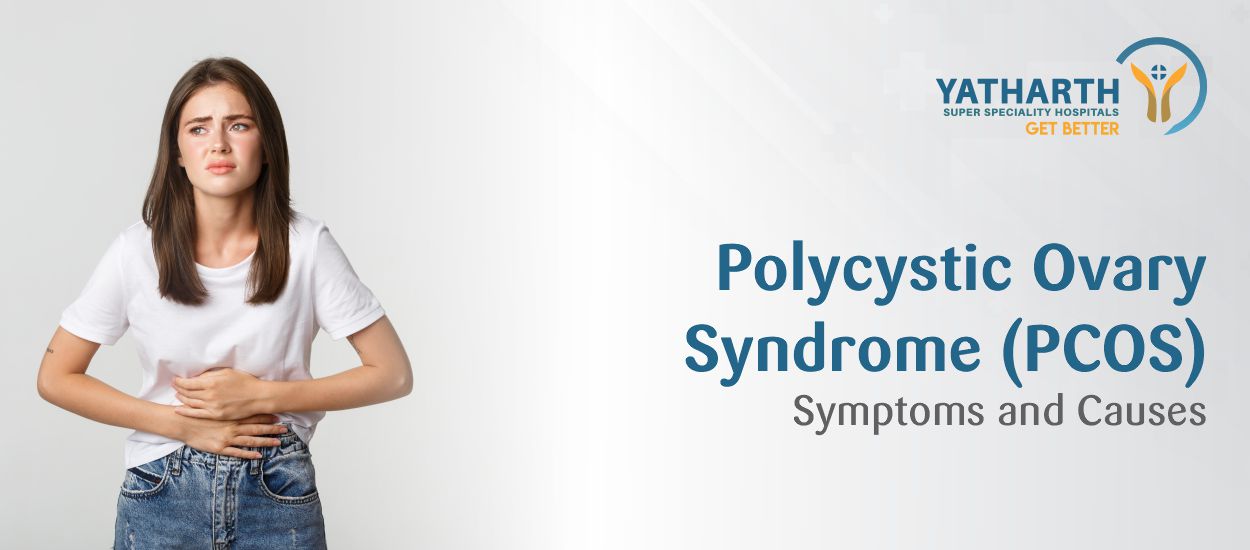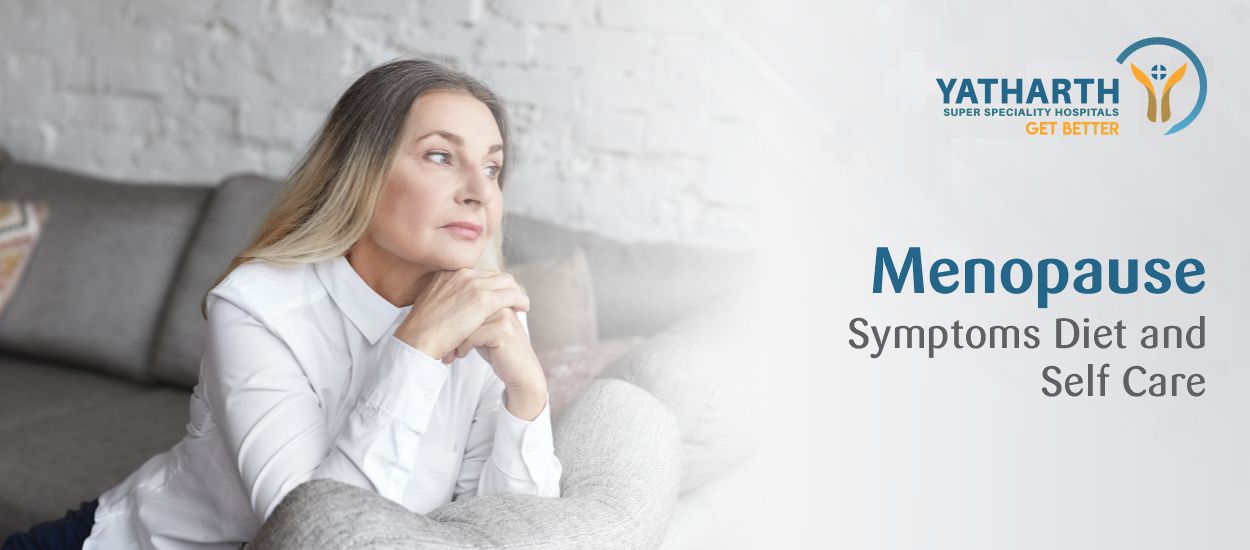Caesarian vs Normal delivery Which one is safer
...
Read MoreOverview of the Postpartum Period
Postpartum or postnatal is the period after childbirth. Typically, it refers to the first six to eight weeks after delivery or until a woman’s body returns to the pre-pregnancy state. However, some of the changes and symptoms occurring in the postpartum period could stretch beyond eight weeks.
Some changes can be physical such as breast engorgement and vaginal bleeding. Others could be due to changing hormones. Childbirth can be challenging – physically and emotionally. A delivery could be easy or complicated. It may be a vaginal delivery or a C-section (caesarean birth) with the labour stretching over a few hours or days.
Irrespective of how a woman delivered, her body has experienced some trauma. As a result, her body needs time to recover. During the first six weeks, the woman, especially a first-time mother, should pay close attention to her body. Although mothers are focused on the baby, it’s necessary to notice changes in their bodies as this is crucial for healing.
At this time, even if they feel better, women should resist the temptation to do regular work. Those who have undergone a C-section will find more restrictions placed on their activities in the weeks after childbirth. These include not lifting anything heavier than their baby. Overdoing things may only extend the recovery time. Therefore, the mother should concentrate on nourishing her body by consuming healthy foods, drinking plenty of water (particularly if breastfeeding) and having ample rest. When the time comes to resume normal activities, the doctor will inform the mother about this.
The Three Postpartum Phases
The postpartum recovery timeline could be unique for every woman. However, there is a generic timeline of what a woman can expect. The postpartum period is divided into three phases: acute, subacute and delayed.
The acute phase comes in the first six to 12 hours after giving birth. Herein, a woman may experience conditions such as postpartum haemorrhage and specific medical emergencies. The doctor will monitor the mother’s heart rate, blood pressure and bleeding while also checking for excess swelling.
The subacute phase begins around 24 hours after childbirth and lasts for approximately two to six weeks. At this time, though the body is still changing, the woman is likely to face a medical emergency. Some concerns include symptoms related to urinary incontinence and postpartum depression.
The delayed phase lasts anywhere between six weeks and six months postpartum. In this phase, the changes are gradual and mainly comprise the muscles and tissues returning to the pre-pregnancy state. In the delayed phase, the doctor may treat the woman for conditions such as uterine prolapse, pelvic floor dysfunction and painful intercourse. Women may experience both physical and emotional symptoms in this period.
Some Physical Symptoms
Common postpartum physical symptoms could include:
Pain and soreness in the perineum: This is the space between the vagina and the anus. During vaginal childbirth, this area stretches and sometimes tears. The entire perineal area could be tender, sore and swollen for weeks following childbirth. Sitting on a pillow, rinsing the area by squirting warm water and using cold sanitary pads could help ease the discomfort.
Vaginal discharge: Lochia or vaginal bleeding happens after childbirth, even with a C-section. Beginning as a red discharge, it can then change colour. This process could last up to six weeks. Wear a pad (no tampons) to absorb vaginal bleeding.
Urinary incontinence: This is the inability to control urine leaking from the bladder. Pregnancy, labour and vaginal delivery may stretch or hurt the pelvic floor muscles, which support the rectum, uterus and bladder. Consequently, some urine could leak when women sneeze, cough or laugh. This usually decreases within a week but it may persist. Sanitary pads could be used till the leaking stops. Kegels or pelvic floor muscle training are useful to tone these muscles and control the bladder.
Nipple pain and breast engorgement: A woman can expect swollen, painful breasts for a few days at least or longer if she breastfeeds. A lactation consultant can help with painful breastfeeding symptoms like cracked nipples.
Abdominal pain: As the uterus shrinks to its normal size and shape, women will feel pain (‘after-pains’) in their abdomen or lower belly. The pain will be dull or sometimes sharp and more pronounced during breastfeeding as this stimulates a chemical reaction in the body that makes the uterus contract (tighten). Applying heat (with a heating pad or hot water bottle) to this area helps control the pain. The abdominal pain will ease over time. If it persists or worsens, consult the doctor.
Constipation: Inability to pass stools is normal postpartum. The doctor may prescribe stool softeners.
Hair loss: Losing hair is common in the postpartum period, primarily because of hormonal issues.
Weight loss: Most women lose around six kilos during delivery. This weight loss includes that of the baby, placenta and the amniotic fluid. In the days following the delivery, more weight could be lost from leftover fluids. Thereafter, a regular exercise regime backed by a healthy diet helps women return to their pre-pregnancy weight.
Haemorrhoids: Also called piles, haemorrhoids are swollen veins in the anus and lower rectum, similar to varicose veins. Piles can be painful and may develop from the strain and pushing during delivery. It can itch and cause pain and bleeding after bowel movement. The doctor will prescribe an ointment to soothe the area. Haemorrhoids will shrink in due course. If not, consult your doctor.
Water retention: Also termed postpartum oedema (swelling), a woman’s body will hold water after childbirth due to an increase in the hormone, progesterone. The swelling will appear in the hands, legs and feet. Generally, it subsides after a week. If it gets worse, speak to the doctor.
Additionally, women who have had a C-section will find their skin needs up to 10 days to heal. Deeper stitches may need up to 12 weeks for complete healing. Women should watch out for signs of infection such as seeping pus from the incision or developing a fever.
A Few Emotional Symptoms
Emotional symptoms that affect a woman’s mind, body image or stress level may include:
Baby blues: After giving birth, many women feel sad for the first few weeks. Called ‘baby blues’, these mood swings are caused by hormonal changes. Confiding with a family member or friend can make one feel better. Though these feelings seem surprising, it’s nothing to worry about and will disappear within weeks.
Postpartum depression: This can lead to extreme sadness/despair for weeks/months after childbirth. Managing this often needs treatment via behavioural therapy or medication.
Postpartum anxiety: Excessive worrying after childbirth is termed postpartum anxiety. It could include physical symptoms such as heart palpitations or loss of sleep. Behavioural therapy and medications may be required to treat this condition.
Other Symptoms and Postpartum Check-ups
Women may also experience other symptoms like sore breasts, painful urination, chest pain, chills, high fever, etc. If the symptoms persist, contact the doctor. Remember that the postpartum phase concerns transition and adjustment. Women may struggle with physical and emotional changes, besides adjusting to life with their newborn child.
Postpartum check-ups should continue for some weeks so the doctor can assess whether the mother is healing well. This is also the right time to clarify doubts regarding life after childbirth and one’s overall health. Don’t forget, ‘A stitch in time saves nine.’


If you are suffering from PCOD or PCOS, do not worry. You are not alone. When we look at the......
Read More
Menopause is a natural biological process that occurs when a woman's reproductive years come to an......
Read More